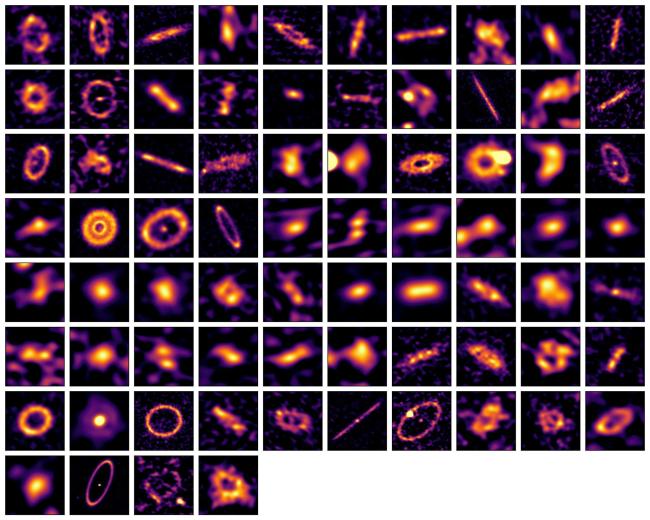
Credit: Luca Matra
For the first time, astronomers have imaged dozens of belts around nearby stars where comets and tiny pebbles within them are orbiting.
This result reveals regions around 74 stars spanning a wide range of ages—from those recently formed to others billions of years old—showing how comets play a role in the formation of stars and planetary systems...
Read More









Recent Comments